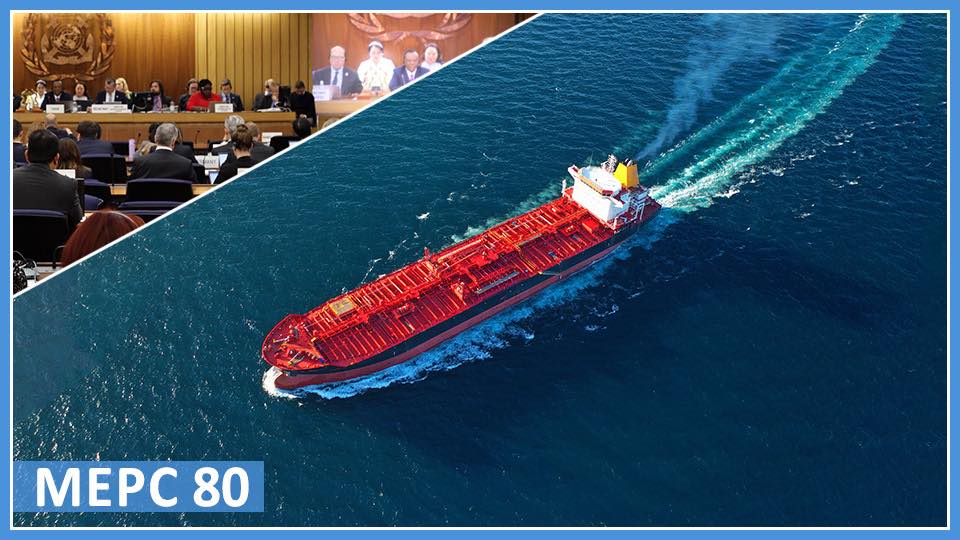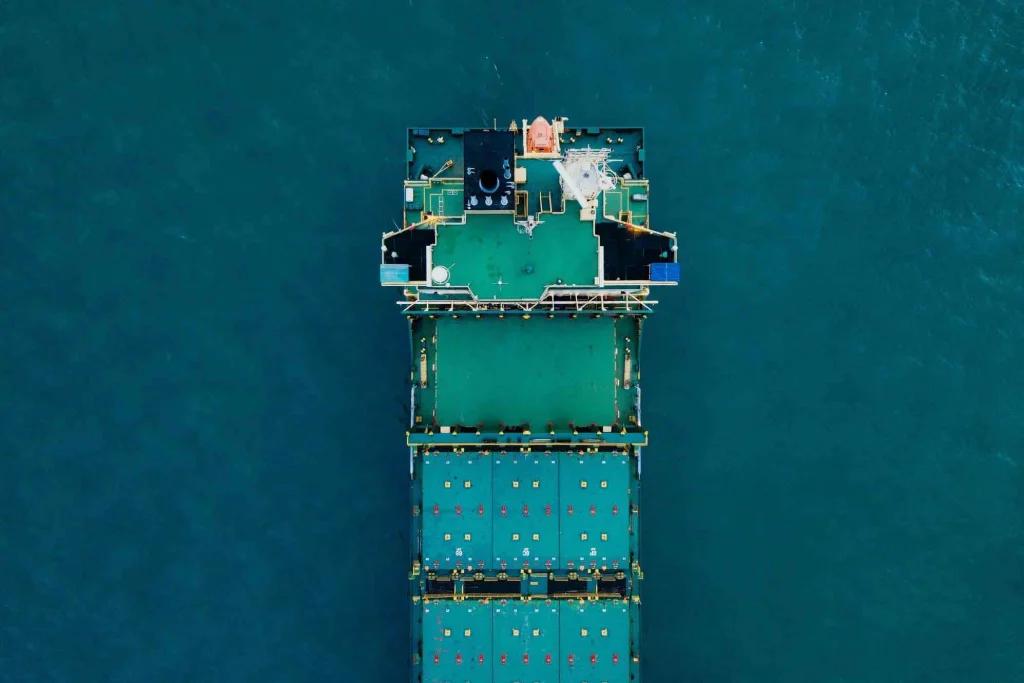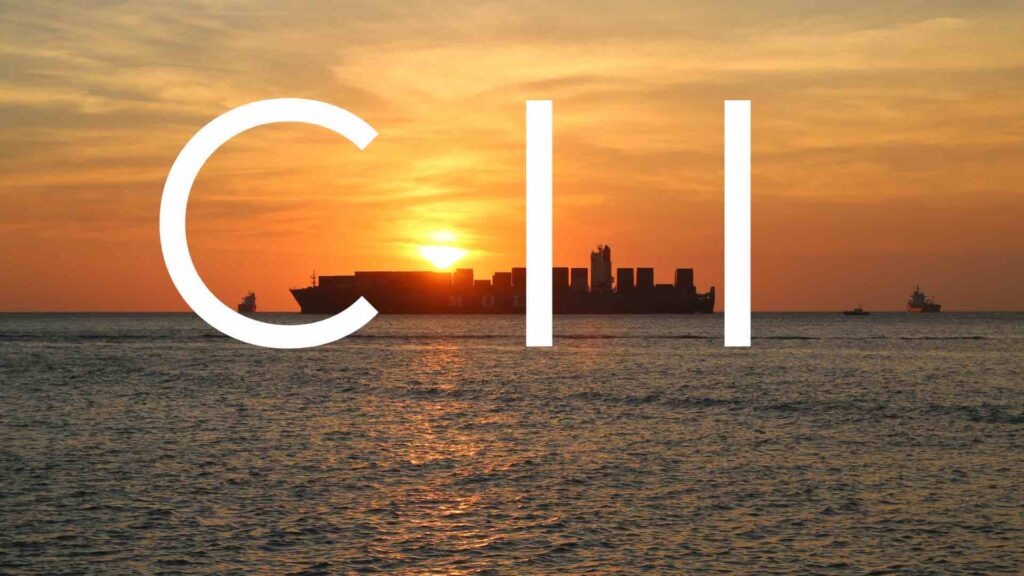28 November 2024
CII cannot achieve the desired decarbonization goals

CII cannot achieve desired decarbonization goals. The International Association of Dry Cargo Shipowners (INTERCARGO) has joined the critics of the Carbon Intensity Indicator (CII) framework voicing opposition to its use as a benchmark for medium-term measures as part of the IMO’s revised GHG Strategy.
Concept
INTERCARGO members expressed their belief that the shipping industry cannot achieve the desired decarbonization goals with CII. Due to the fact that, under real-life operating conditions, it would not deliver equitable, transparent, and non-distorting emissions reductions.
Note that, the CII rating scheme, is set to enter into force in 2023. In this regard, ships will carry different ratings based on their efficiency ratio. This measures the distance traveled, speed, as well as intensity of the use of the vessel. Overall, it will highly depend on how a ship is traded, which is largely dictated by a ship’s charterer.
Therefore, BIMCO has released a new CII operations clause, with charterers expected to take responsibility for a ship’s emissions.

A potential loophole in the EU ETS
A new CII revision in order to set up a functioning framework is a matter of urgency for the shipping industry following the first year of recorded data.
Ship Nerd
As a result, the rating scheme has been under massive fire as factors that are out of shipowners’ and vessels’ control will have a significant adverse impact on a vessel’s CII rating goals. They can include adverse weather, voyage distance, port waiting times, port infrastructure, and charterers’ orders.
CII not working
“Paradoxically when considering voyage distances and port waiting times, vessels with longer travel distances can produce more emissions but have a better CII rating when compared to vessels travelling shorter distances and producing less emissions… INTERCARGO does not, therefore, believe that CII, in the current format, would achieve the desired decarbonisation goals or targets. While generally supportive of the operational short-term measure, there are significant flaws that need to be addressed in order to make CII fit for purpose.”
INTERCARGO
Commenting on the IMO’s decarbonization ambitions, the association said that it supports the ambition to achieve net zero-emission shipping by 2050. However, for this goal to successfully work, the industry needs alternative zero-carbon fuels.
“The responsibility for decarbonisation cannot be placed solely on the shoulders of the ship operator at the end of the line – it is a challenge that must be dealt with holistically by the entire shipping industry… It is essential that appropriate policies are included in the Revision of the International Maritime Organization (IMO) GHG Strategy to ensure that green fuels are secured as well as the necessary infrastructure to ensure availability and bunkering in ports around the world. Unfortunately, these aspects are not sufficiently discussed and addressed despite their critical role.”
INTERCARGO

How energy-saving technologies can help CII rating
How can energy-saving technologies, also referred to as energy-saving devices, help you comply with CII? If you want hard data and real-world examples from vessel operators, a recent webinar is a must.
Ship Nerd
Proposal
INTERCARGO believes on a flat rate contribution per tonne of CO2 emitted on a Tank-to-Wake (TtW) basis. Considering that is subject to the outcome of the ongoing discussions at IMO on fuel emissions’ Life-Cycle Assessment (LCA). This should be combined with an International Maritime Sustainability Funding and Reward (IMSF&R) mechanism. Hence, ships of 5,000 GT and above will make an annual contribution per tonne of CO2.
Under such a scheme only ships that use ‘eligible alternative fuels’ would receive a reward for CO2 emissions prevented.
A combination of technical and economic measures should be accompanied by appropriate policies and commitments from the Member States, in order for fuel suppliers to secure the required alternative fuels in ports around the world in sufficient quantities.
Where to now?
The International Maritime Organization (IMO) has been under growing pressure to increase its GHG emission reduction targets as well amid concerns that the current objectives are too weak to accelerate the sector’s transition to a greener future and cut overall emissions.
All eyes lay on the upcoming revision of the IMO’s GHG Strategy set for adoption in spring 2023. Some groundwork will expectedly lay at the ongoing intersessional GHG working group (ISWG-GHG 13) on 5-9 December. Moreover, the 79th session of the Marine Environment Protection Committee (MEPC) from 12-16 December 2022.
ISWG-GHG 13 will see member states and international organizations debating the level of ambition for the revised IMO GHG strategy, along with discussions on the implementation of a combined technical and market-based measure (MBM) as part of mid-term measures.
At MEPC 79, the Committee will expectedly come to a decision on the global GHG target as part of the revised strategy. Whilst many are supportive of absolute zero emissions by 2050, other delegations still view this as premature. Therefore, it remains to uncover what conclusion will follow from the discussions.
Source: INTERCARGO
See Also
The Carbon Intensity Indicator, CII calculation is one of the top hits in the past month. We debunk its complexity by simplifying the procedures based on IMO guidelines.

CII Calculation: Carbon Intensity Indicator Guide
How to calculate the CII rating? We debunk its complexity by simplifying the procedures based on IMO guidelines.


